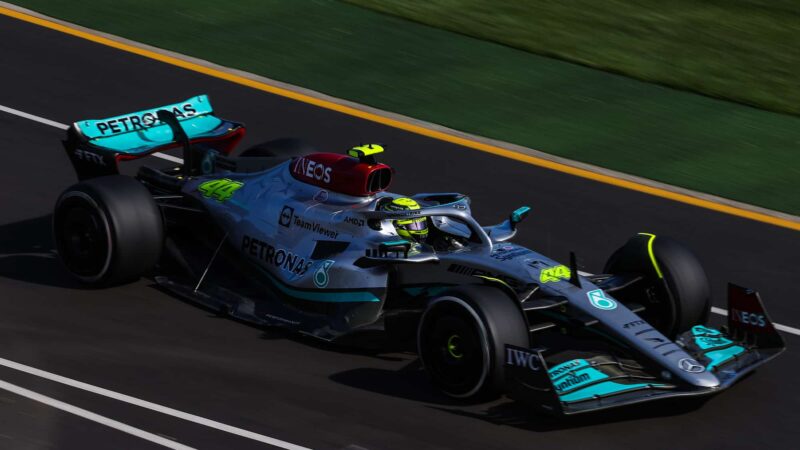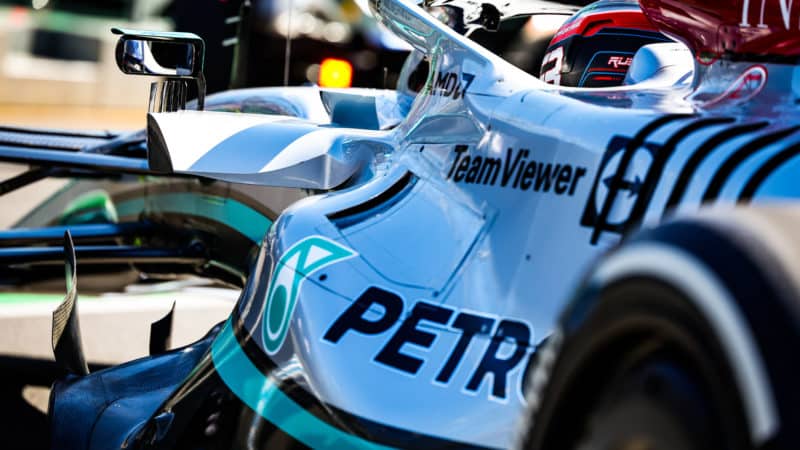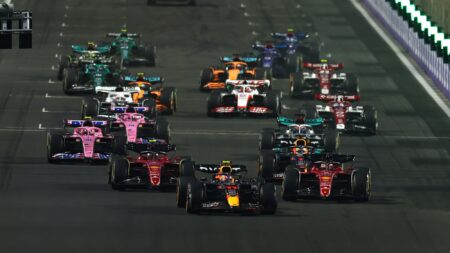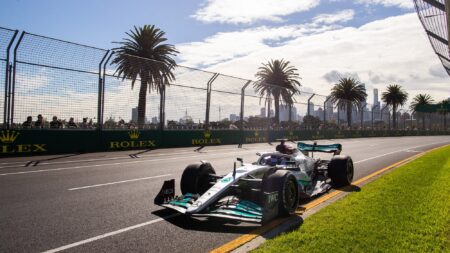Mercedes hasn’t brought any significant upgrades for the Australian Grand Prix, as it continues to search for a permanent solution to the bouncing at high speed. It is currently reducing this porpoising by running the car higher and sacrificing ground effect downforce.
“We’re a long way behind Ferrari and Red Bull,” said Russell at the pre-race drivers’ press conference. “I think we were probably further behind them in Jeddah but when we had things more optimised in Bahrain, we were still half a second/six-tenths behind so we need to obviously close that gap
“We do believe there is a solution and we do believe there’s a lot of lap time on the table once we optimise that. We’re not here scratching our heads.”
In previous years, Mercedes would have been able to throw the might of its resources behind development to get it back on track as soon as possible. But the cost cap, which stands at $140m per team this year, is forcing the team to work at a slower pace, only pushing ahead with upgrades when it’s sure that it will work, said Russell.
“It’s going to take time and I think we just have to be disciplined and patient. We are so far behind and because of the cost cap we can’t afford just to throw things at it, trial and error at race weekends. We need to trust the process. And we’ll bring the upgrades when we have total faith and confidence they will do as we expect. You know, that’ll be a number of races before we start seeing that.”

Porpoising remains a problem in Melbourne
LAT via Mercedes
After the season-opening Bahrain Grand Prix, Mercedes chief technical officer James Allison said that he hoped to get this year’s car back to the front of the grid in “two to three races” but Russell’s comments suggest that nothing is expected soon.
Lewis Hamilton adopted a more positive tone, saying that Mercedes has been making small improvements at each race and hoping that Albert Park’s four DRS zones will enable him to “race harder”.
However, judging by the pace shown in practice, he’s once again likely to be racing Alfa Romeos, McLarens and Alpines rather than the frontrunners.



